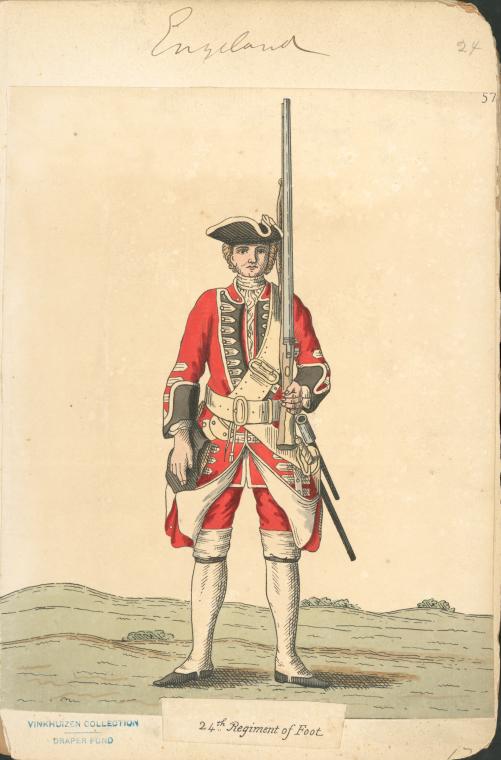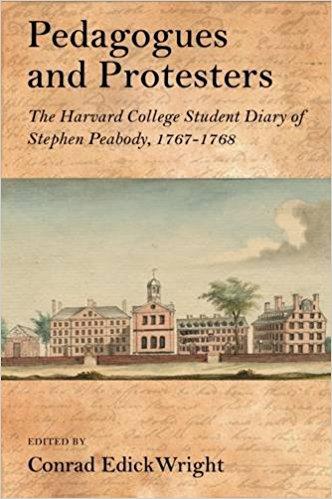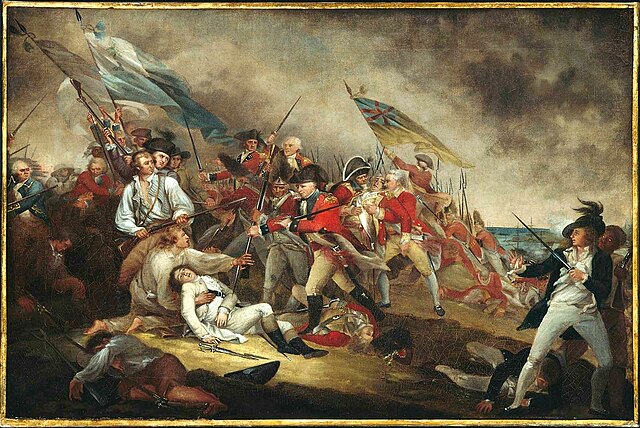The
Paul Revere House in Boston’s North End has a busy summer of special events coming up. All of these take place on Saturdays unless described otherwise.
27 June, 1:00, 1:45 & 2:30 P.M.
John Adams: The Colossus of Independence
Hear from
John Adams himself as he discusses his earliest beginnings in
Braintree through his days as delegate of the
Continental Congress and
foreign ambassador. Hear his opinions of his contemporaries and how he longs to be home with his “dearest friend,”
Abigail, and their children. Mr. Adams’ singular wit is appealing to children and adults!
Friday, 30 June, 1:00-3:00 P.M.
A Visit with Paul Revere
David Connor brings Boston’s favorite patriot vividly to life. Ask him about the details of his midnight ride, inquire about his 16
children, or engage him in conversation about his activities as a member of the Sons of Liberty.
1 July, 1:00-3:00 P.M.
Patriot Fife and Drum
Enjoy a lively concert of
music that accompanied colonists as they marched, danced, wooed their beloveds, and waged war. David Vose and Sue Walko provide fascinating insight into each selection they perform.
Monday, 3 July, 1:00-3:00 P.M.
Colonial Dance Tunes and Love Songs
In the guise of itinerant musicians, Al Petty & Deirdre Sweeney perform popular 18th-century tunes such as “Mr. Isaac’s Maggot” and “Jack’s Health” on the penny whistle, flute, fife, & other instruments.
8 July, 1:00, 1:45 & 2:30 P.M.
Fife and Drum Concert by the Boston Alarm Company
Treat yourself to a sprightly concert of fife and drum music! Dressed in civilian clothing reproduced from period originals, alarm company members play marches and beat out cadences used to warn citizens of impending attack.
15 July, 1:00-3:00 P.M.
Glass Harmonica Concert
Vera Meyer plays early American melodies on the intriguing instrument that
Ben Franklin invented. The ethereal, haunting tones Meyer creates as she places her wet fingers on the rims of rotating glass bowls will mesmerize all who listen!
22 July, 1:00-3:00 P.M.
Colonial Basket Weaving
Rather than in plastic bags or cardboard boxes, colonists stored cheese, chickens, and candles in specially designed baskets. Fred Lawson weaves and sells reproductions copied from period originals.
29 July, 1:00-3:00 P.M.
The Tailor’s Craft
Clothing historian Henry Cooke takes on the role of an early Boston tailor. Watch as he “takes the measure” of visitors, then sits cross-legged, fashioning waistcoats from luxurious fabrics and “slops” from coarse weaves.
5 August, 1:00-3:00 P.M.
Hammered Dulcimer
Award-winning musician Dave Neiman plays jigs, reels, and Baroque and Renaissance tunes that
Paul Revere and his family may have enjoyed.
12 August, 1:00-3:00 P.M.
Colonial Leather Working
Find out how colonial era leather workers fashioned scabbards, sword belts, and harnesses. Fred Lawson demonstrates and invites visitors to try their hands at punching holes and sewing leather.
19 August, 1:00-3:00 P.M.
Tinsmithing Demonstration
Who made the ubiquitous lanterns, sconces, and other tin wares of the 18th century? A tinker! Larry Leonard produces and sells examples of his craft while describing the techniques, tools, and materials used since the Reveres’ era.
26 August, 1:00, 1:45 & 2:30 P.M.
A Revolution of Her Own!
The captivating story of the first woman to fight in the American Military: in 1782,
Deborah Sampson bound her chest, tied back her hair, and enlisted in the
Continental Army. Experience her arduous upbringing, active combat, and success as the first female professional soldier (in part, due to the assistance of Paul Revere). Deborah’s passion takes you back in time! Length: 30 min.
All events are included the price of admission, which is for adults $5, for seniors & college students $4.50, and for children aged five to seventeen $1. Members and North End residents are admitted free at all times. The house is open daily 9:30 A.M. to 5:15 P.M. to the end of October.
(The picture above,
courtesy of North End Waterfront, shows the Paul Revere House around 1900, before it was restored and turned into a historical museum. Cigars are no longer available inside.)

















